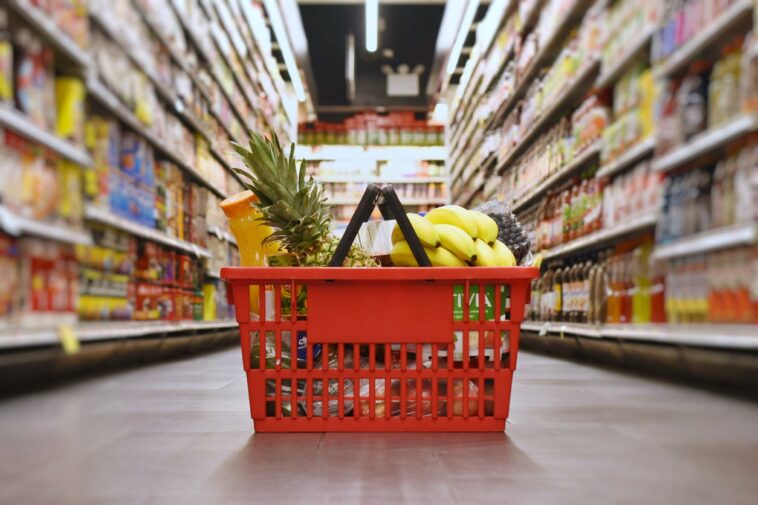Many foods found in our supermarkets travel thousands of kilometers before arriving on our supermarket shelves. And unfortunately, transporting all these beautiful people to our plates is very bad for the environment. In addition, we know it well: consuming local allows us to support local producers. Furthermore, organic fruits from here will have more vitamins than fruits from the other side of the planet and often grown out of season. This is part of the reason why many people are challenging themselves to eat more local foods. Fortunately, there is no shortage of locavore alternatives to exotic foods to replace many everyday essentials, but you still need to know them! Discover some local alternatives for a more locavore diet.
To remove any doubt, do not hesitate to check the origin of the food and request French products from the brands.
Replacing coffee, tea and chocolate: mission impossible?
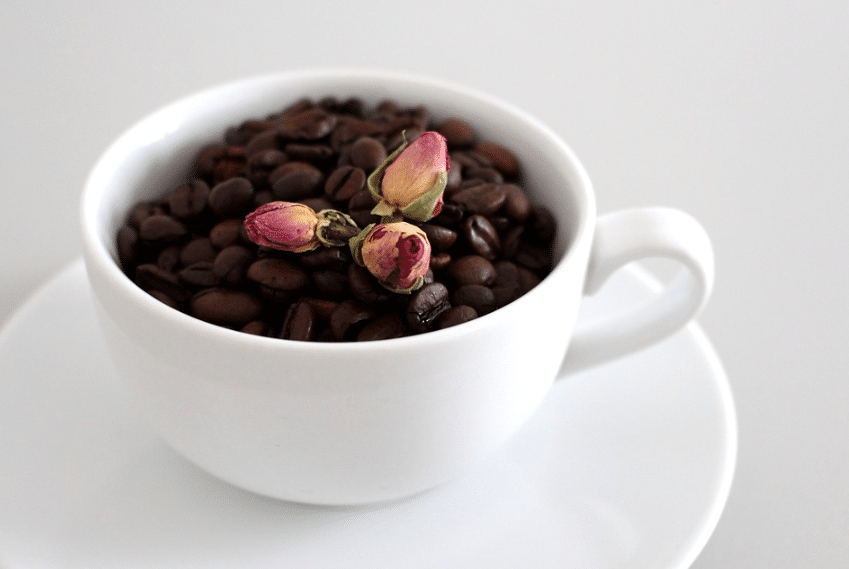
Coffee, tea and chocolate are foods very popular with the French. Some even consume them daily. However, we tend to forget that they can browse between 6000 and 10,000 km before reaching us. To treat yourself without consuming these highly traveled foods, you can replace them with local alternatives.
How to replace coffee?
For coffee, chicory grown in the north of France is a delicious alternative. A Breton producer offers a barley coffee: orgé. Caffeine freehe is energizing, but not exciting !
How to replace tea?
As for green tea or black tea, you can replace them with infusions of local plants, sometimes even from your own garden (linden, mint, verbena, etc.), as well as with Aubrac tea.
How to replace chocolate?
What about chocolate? Purists will argue that nothing replaces it! In fact, the carob bean is a good candidate to replace the cocoa bean in powder or spread. However, it is only little cultivated, and only around the Mediterranean. If going without chocolate is impossible, choose at least an organic and fair trade product. This way you will know that your chocolate is not prepared in the sweat and blood of child slaves or exploited and underpaid employees.
What local oils are alternatives to exotic oils?
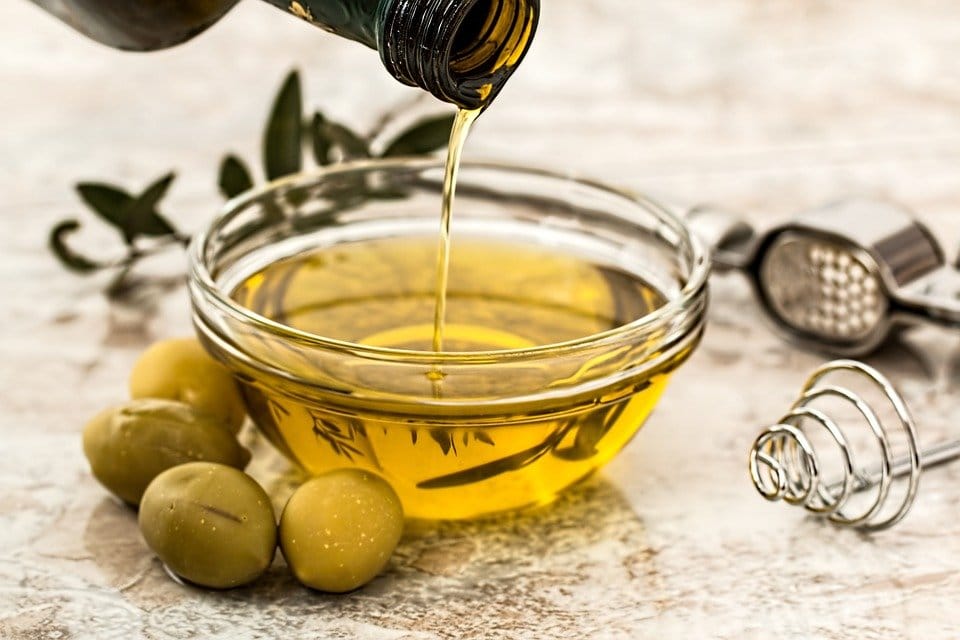
Although coconut oil enjoys a better reputation than palm oil among French consumers, they are both exotic oils that are not eco-friendly. Fortunately, the choice is very wide to replace them with French alternatives ! If you are looking for a neutral oil, you can easily use sunflower oil or simply butter. And since these foods grow in France, you can also find French olive oil, walnut oil, hazelnut oil or even linseed oil for your recipes.
What local choices for dried fruits for snacks?
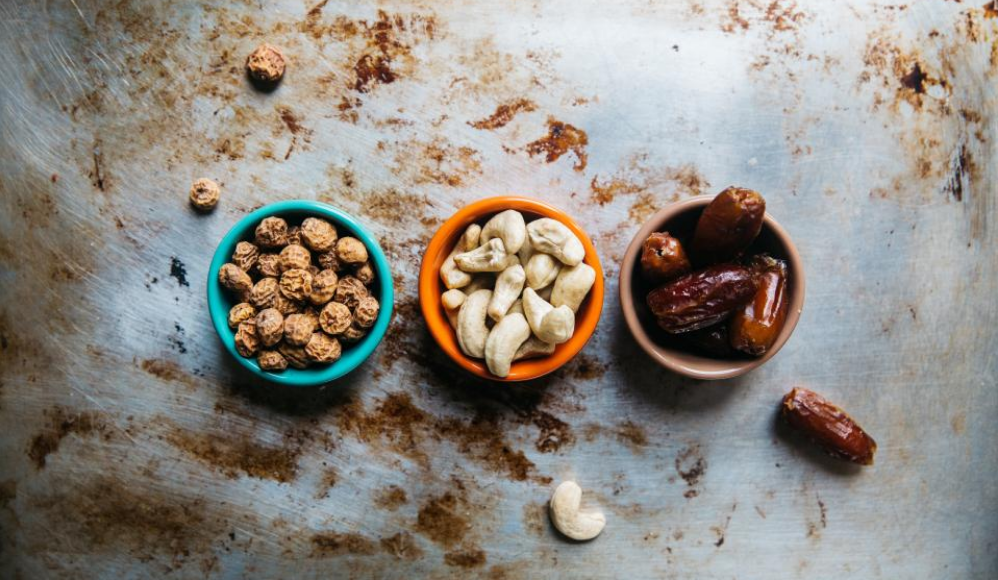
Cashew nuts, pistachios, peanuts and other macadamia nuts often travel a long time before being offered to us for sale. Very often from tropical countriesthese nuts are not easy to replace. On the other hand, we can easily find walnuts, hazelnuts or even almonds on French territory. Enough to satisfy your snacking desires without harming the environment! As for dried fruits, they often come from Maghreb countries as well as the United States. However, lovers of dates or raisins can comfort themselves with delicious prunes.
Fruits to avoid or those to favor for a local diet
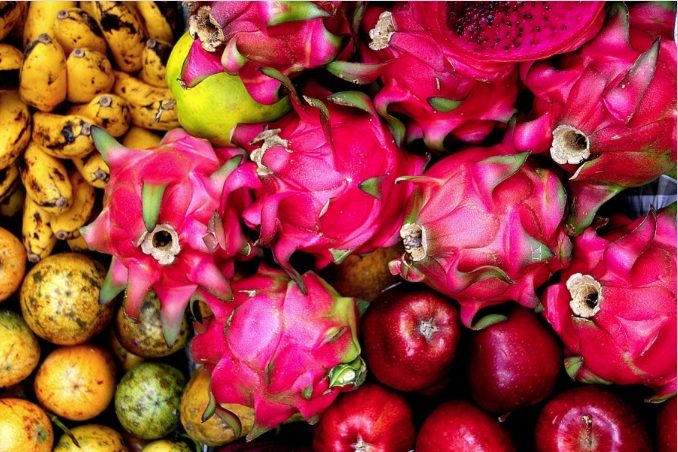
Pineapple, mango, papaya, avocado… Fruits and vegetables, especially fruit, are among the biggest travelers. And unfortunately, although we can still find fruits with a texture similar to that of an exotic fruit, its flavor will never be equaled. However, you can advantageously replace a banana or an avocado with an almond or hazelnut puree produced in France. As for citrus fruits, prefer lemons, oranges or clementines which grow under the sun of the Côte d’Azur or Corsica to grapefruit, often originating from southern countries such as Israel. As for super fruits, we will favor cherry over acerola and blueberries, blackberries and very French raspberries over goji berries and cranberries. The latter are in fact most often produced in Asia with a lot of pesticides.
Good to know: To supplement your vitamin and mineral intake, consider spirulina from the South of France.
Finally, if we want local spices, which ones should we turn to?
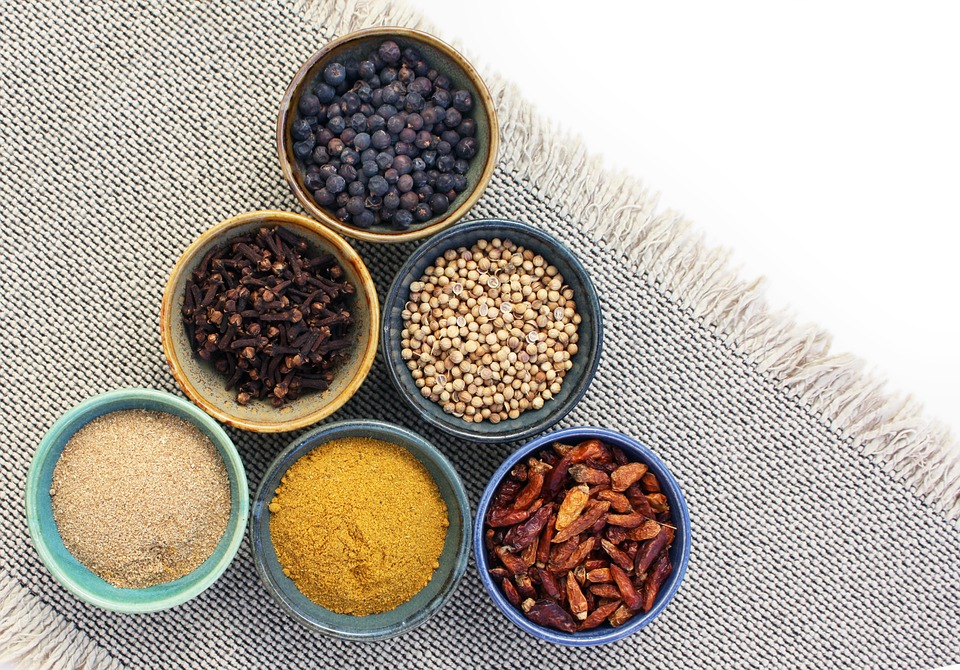
The importation of spices began in Antiquity by ship. Today, spices continue to travel for a long time, but the modes of transport are far from being the most ecological! Between Vietnamese pepper and other often Asian spices that we use to add color to dishes, our dishes quickly take on a aftertaste of pollution and ecological disaster. So, to add flavor to your recipes, think in particular of the famous Espelette pepper from the Basque Country. Present in organic stores or in certain markets, saffron can also grow in our latitudes. It’s the same thing for fresh turmeric, coriander and sometimes even ginger which we can also grow at home. Also don’t forget the spice seeds (caraway, fennel, nigella, etc.), garlicbut also the aromatic herbs (dill, chives, bay leaf, sage, thyme, etc.).


